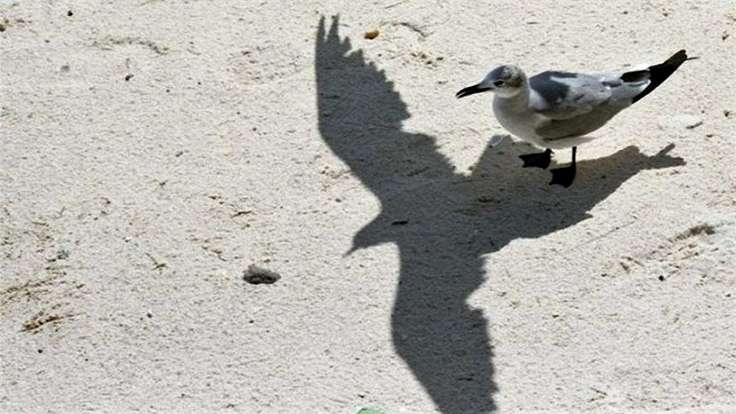What actually happens when your drivers overshoot or when you offer too much of your strength competence and you find yourself acting out the shadow side of leadership?
“Everything that irritates us about others can lead us to an understanding of ourselves.” Carl Gustav Jung
In the organisations of today the picture looks chaotic due to volatility and complexity and there are manifold of greys and shadows due to uncertainty and ambiguity. There is always a gap between the leader and the team, between meaning maker and the recipient of meaning and between the intention and the impact. And that gap is the essence of leadership shadow.
In literature shadows sometimes appear as negative, shady and rejected and in other cases they appear as prized possessions. And they also go through deep transformation in the storylines. Think of the Faustian pact where the hero sells his soul to the devil in the modern version of The Devil’s Advocate starring Al Pacino and Keanu Reeves.
Many stories seem to emphasize the great perils of life without a shadow, a life without having your shadow at your side, or a life without access to your shadow’s resourcefulness, insight and inspiration.
In this case leadership shadow is about the kinds of override, hubris (excessive pride, self-confidence) and shadow patterns which we can daily observe in ourselves and in our leaders. The question is how they can not only hinder you but help you in your leadership journey. The shadow side is part of the whole leadership package.
WHAT CAN TRIGGER OVERRIDE AND HUBRIS?
When an executive is promoted into a new role that has challenges that they have not faced before
- In this instance the executive has to raise his or her game quickly and take on new ways of working and behaving that need to be seen (by them and by others) to be productive quickly
When a role that an executive is comfortable in and used to unexpectedly takes on a new character
- In these circumstances internal or external changes may create new and unexpected demands on the executive. The executive therefore suddenly notices expectations to engage in a different way or to achieve more stretching and different outcomes, which they are ill-prepared for
When an executive finds him or herself in a new role that has not existed before.
- This is possibly the most demanding of the three scenarios. In this instance the executive has to create a new focus and purpose for the emerging and therefore ill-defined role and deal with many demands and pressures, without historical precedent or guidance from a predecessor
THE LEADERSHIP SHADOWS OF SUPPORTING LEADER
Let’s look at one of the most important domains of leadership: Supporting, which is about facilitating and enabling team effectiveness, enhancing the resources and competences that are available. Supporting includes the roles of leader (guiding, praising, promoting, evaluating), entrepreneur (initiating change), and negotiator (committing resource to teams and tasks).
All leadership domains including this is impacted in different ways by the leadership shadow. Offering support creates an illusion of omnipotence, as if internally we ourselves do not need support. Less assertive, humble side in ourselves can easily be pushed away as if we have no need to follow others. Becoming a banyan tree is another shadow side of the Supporting Leader. Nothing grows under the Banyan tree
One of the first steps is to identify and work through what irritates you about others in order to understand your own shadows.
Source: Leaders: working in and with uncertainty, beyond comfort zones – while being aware of boundaries by Dr Anthony Kasozi (Quilibra) Coaching without Border Event in June 2018, The Leadership Shadow: How to Recognize and Avoid Derailment, Hubris and Overdrive by Erik de Haan & Anthony Kasozi

